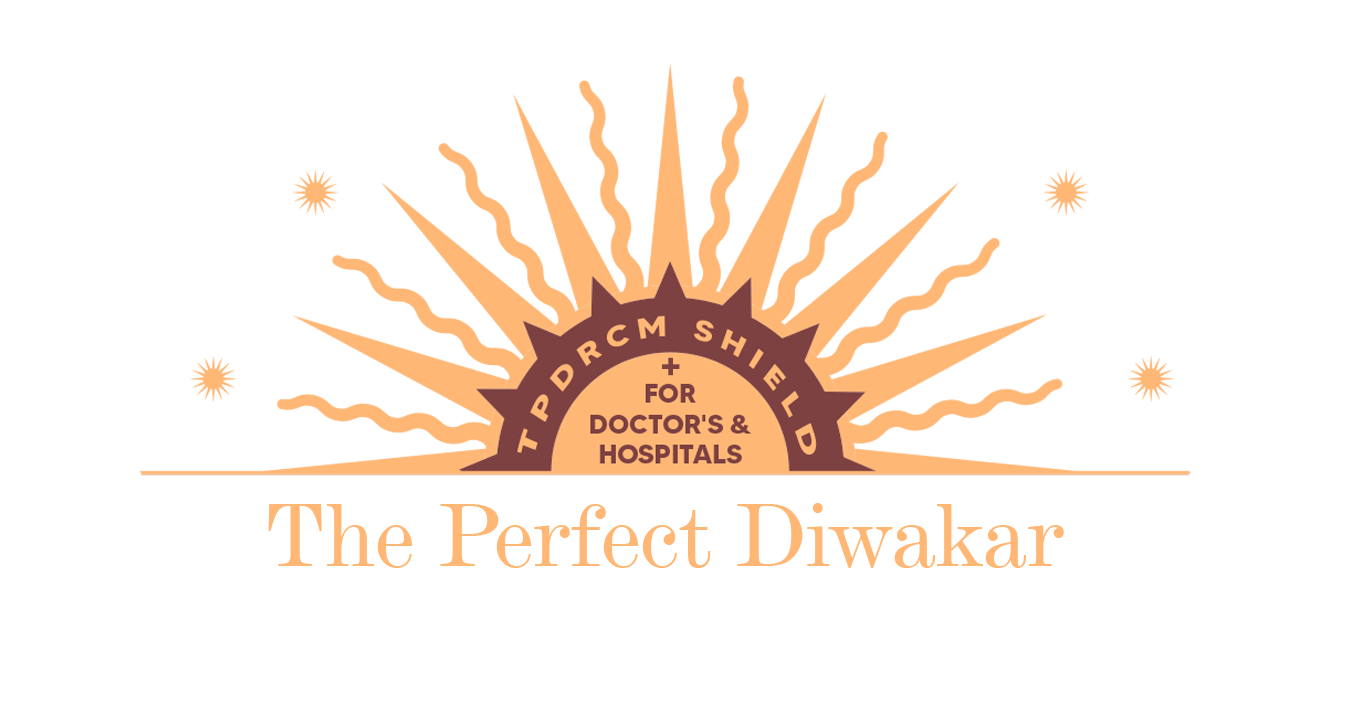Risk & Crisis Management refers to the process of identifying, assessing, and mitigating potential risks and crises that could impact an organization, business, or individual. It involves developing strategies to minimize the likelihood and impact of adverse events, ensuring business continuity, and protecting reputation.
Key Components:
- Risk Assessment: Identifying potential risks and evaluating their likelihood and impact.
- Risk Mitigation: Implementing measures to reduce or eliminate risks.
- Crisis Planning: Developing plans and procedures to respond to crises.
Goals:
- Minimize Losses: Reduce the impact of adverse events.
- Ensure Business Continuity: Maintain operations and services.
- Protect Reputation: Safeguard the organization’s image and reputation.
Benefits:
- Reduced Risk: Minimize potential losses and disruptions.
- Improved Resilience: Enhance ability to respond to crises.
- Enhanced Reputation: Demonstrate preparedness and responsibility.
Types of Risks:
- Financial Risks: Market, credit, and liquidity risks.
- Operational Risks: Risks related to people, processes, and systems.
- Strategic Risks: Risks related to business strategy and direction.
- Reputational Risks: Risks to the organization’s image and reputation.
Crisis Management Process:
- Pre-Crisis: Prevention, preparedness, and planning.
- Crisis Response: Immediate response to the crisis.
- Post-Crisis: Recovery, review, and improvement.
Effective Risk & Crisis Management helps organizations navigate uncertainty, minimize losses, and maintain stakeholder trust.




